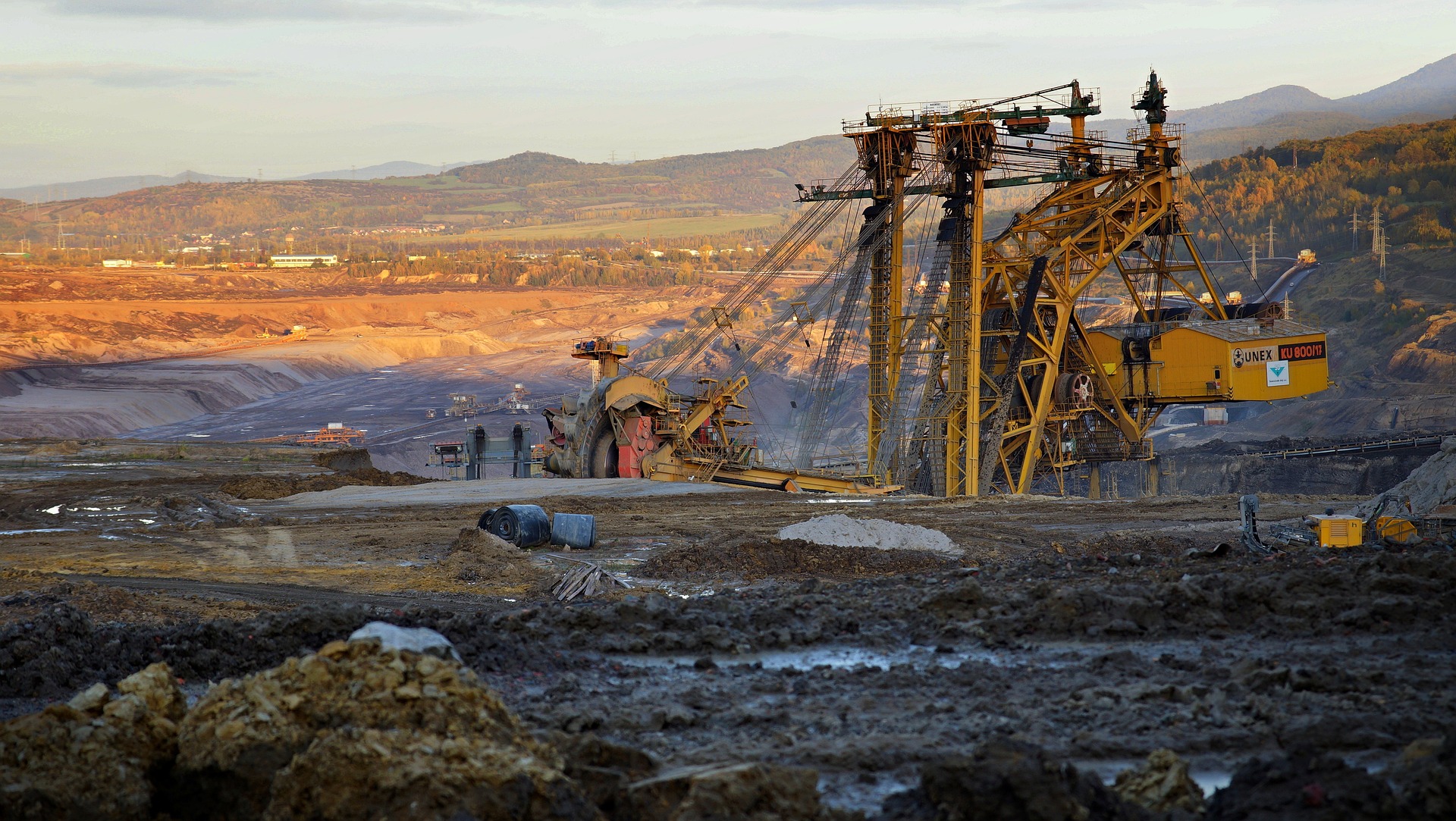
Critical elements such as copper and nickel, and rare earths such as neodymium and dysprosium, are key ingredients for carbon-neutral renewable energy technologies, but obtaining and refining these materials is challenging, especially from low-concentration minerals.
Traditional technologies to extract metal from ores cause extreme environmental impacts. Biomining – using microorganisms to dissolve minerals, and to separate and concentrate metals – is a sustainable pathway for mining gold and copper, but no known microbes are suitable for biomining energy-critical metals at a commercial scale.
An international research team led by Cornell University is addressing this problem, with financial support from the National Science Foundation. A three-year, 2 million-dollar NSF grant will fund a project aimed at creating a “microbe-mineral atlas” – a catalog of microorganisms and genes and how they interact with minerals, an important step toward using synthetic biology to build genetically engineered microorganisms useful for mining critical metals.
“The atlas will look at microorganisms in geological environments and figure out what genes are there and what they’re doing,” said Buz Barstow, Ph.D. ’09, assistant professor of biological and environmental engineering in the College of Agriculture and Life Sciences (CALS) and principal investigator of the project.
“That’s like an atlas – but then there’ll be this oracle aspect of it,” he said, “where it will tell you what you have to do, what genetic engineering you need to do to make those microbes better at accelerating weathering, so we can get critical elements from minerals.”
Co-principal investigators are Esteban Gazel, the Charles N Mellowes Professor in Engineering in the Department of Earth and Atmospheric Sciences (Cornell Engineering, CALS); Sarah Kreps, the John L Wetherill Professor in the Department of Government (College of Arts and Sciences, Cornell Jeb E Brooks School of Public Policy); Christopher Mason, professor of physiology and biophysics at Weill Cornell Medicine; and Matthew Schrenk, associate professor of earth and environmental sciences at Michigan State University.
Both Barstow and Gazel have been conducting research in this realm for years, but a chance meeting at a Cornell Atkinson Center for Sustainability event in 2018 brought their two disciplines together. Both are Cornell Atkinson faculty fellows.
“I understood that we would have to tackle mining as a way to build a sustainable energy infrastructure before I came to Cornell,” Barstow said, “and for Esteban, it was clear that we were on the path to an energy transition, and that required us to ‘think outside the box,’ taking advantage of how biology plays an important role in mediating mineral dissolution during weathering.”
Gazel said previous work with Barstow – on obtaining rare earth elements from phosphates, using synthetic biology – led them to wonder if this method could work with other materials.
“That’s where the idea started – let’s go and prospect the world in environments where there are extreme conditions, where the minerals are getting dissolved,” he said. “And we have a pretty good idea that bacteria are part of the equation. So, if we can find the right microbes, ones that we can engineer, we can use it to start solving some of the most important challenges of the 21st century.”
The research team will investigate how microbes interact with minerals and rocks; understanding these interactions is key to using synthetic biology to build nature-inspired microorganisms useful for mining critical metals. The team will also assess how policies should be adapted to account for this emerging biotechnology.
Kreps, director of the Tech Policy Institute in the Brooks School, said one aspect of her academic work is “to collaborate with people in technical fields who are developing new technologies and to think about how those technologies get released into society.” She will connect the science with the policymakers, she said.
“What I always say is, you can come up with the most technically sound idea,” she said, “but if society is repulsed by it, or if the legal environment is not amenable to it, or if policymakers impose roadblocks, then it doesn’t matter.”
“We’ve got public acceptance to consider,” Barstow said, “and I think that’s vitally important. We want the public to feel good about this. So we need to understand how the public reacts to this right from the get-go.”
The project will also provide outreach to high school students via a collaboration with the Paleontological Research Institution, where they’ll teach a course aimed at training a future workforce that is able to responsibly leverage and commercialize the new technology – and taking some of the fear out of the phrase “genetic engineering.”
“I think that by exposing them to this early on, people will be less afraid of it,” Barstow said. “I think it could make the public much more comfortable with genetically engineered technologies.”
Barstow and the team are hopeful that if their research is fruitful, after three years the project will be renewed and expanded to include as many as 22 principal investigators from 11 universities in four countries, led by Pelin Demirel at Imperial College London and Louise Horsfall at the University of Edinburgh, both Cornell Global Hubs United Kingdom partner universities; Laura Hug at the University of Waterloo; and Yohey Suzuki at the University of Tokyo.
The work that helped secure the grant was funded by a Moonshot Seed Grant, from CALS, a 2030 Fast Grant; a SPROUT (Support for Promising Research Opportunities and Unconventional Teams) award from Cornell Engineering; a Global Hubs seed grant; and gifts from the Bob and Nancy Selander Center for Engineering Leadership, and Mary Fernando Conrad ’83 and Tony Conrad. ____________________________________________________________________________________________
Tom Fleischman is a senior writer and editor at the Cornell Chronicle.
This article is republished from the Cornell Chronicle, a publication of Cornell University.
O artigo foi publicado originalmente em Cornell Alliance for Science.